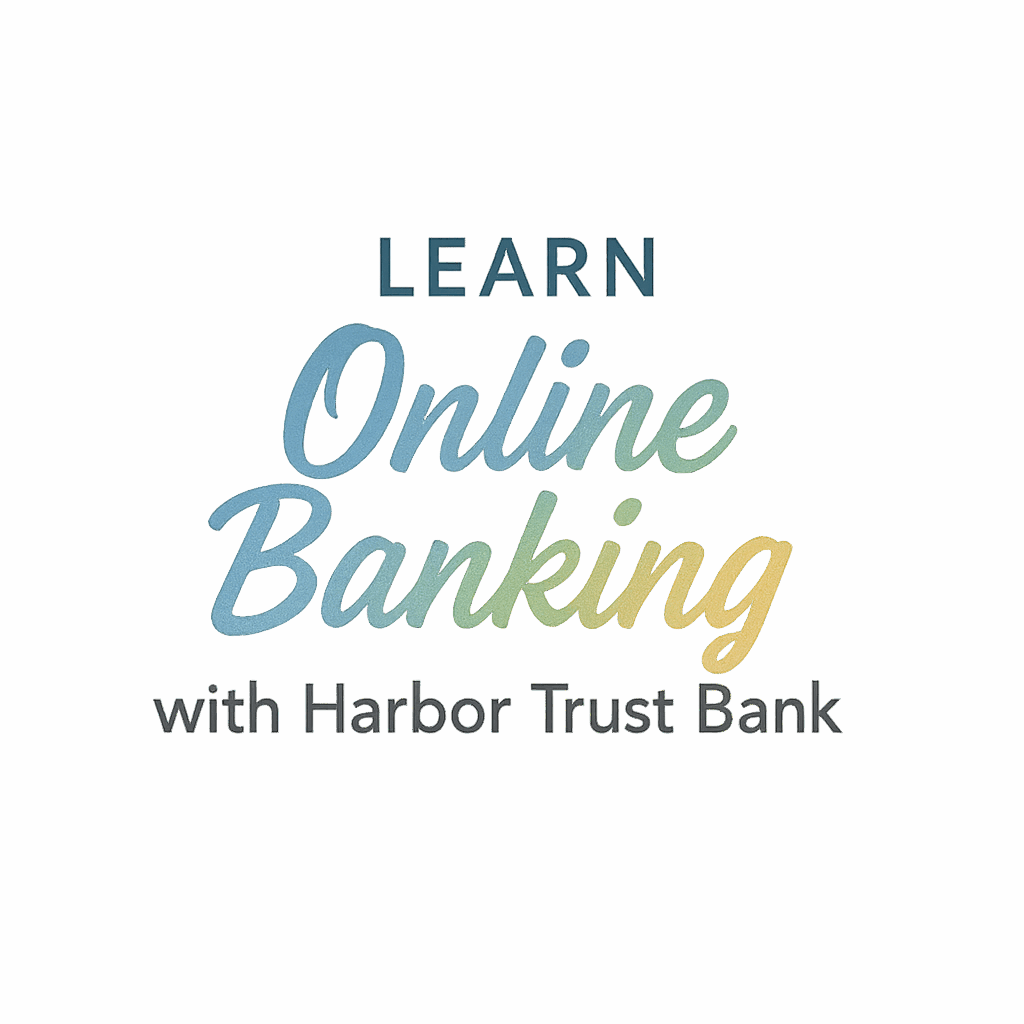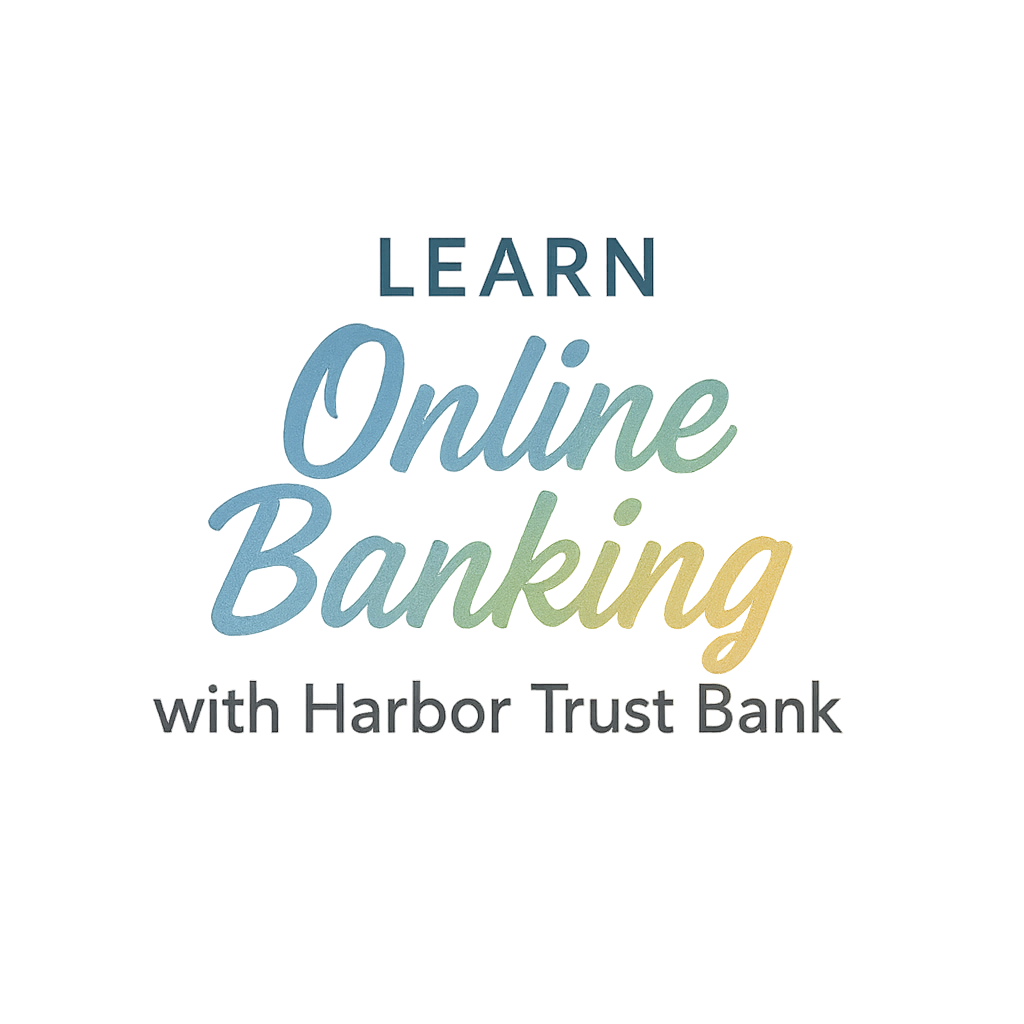Online banking is super convenient—but let’s be real, it can also open the door to cybercriminals if you’re not careful. One of the biggest threats? Phishing attacks. If you’re using online banking (and who isn’t?), learning how to spot and avoid phishing attacks is non-negotiable.
Let’s break down what phishing really is, why it’s dangerous, and—most importantly—7 solid ways to protect yourself.
What Is a Phishing Attack?
Phishing is when a scammer tricks you into giving up sensitive info—like your login credentials, bank details, or social security number—by pretending to be someone you trust. This could be your bank, a government agency, or even your favorite streaming service.
Common Types of Phishing in Online Banking
Email Phishing
This is the classic. You get an email that looks like it’s from your bank, asking you to “verify your account” by clicking a shady link. The design might even look legit. But it’s a trap.
SMS Phishing (Smishing)
Smishing involves scammers sending fake bank alerts or password reset links via text. These often create a false sense of urgency, like “Your account has been locked—click here to unlock.”
Voice Phishing (Vishing)
In vishing attacks, scammers call pretending to be from your bank’s fraud department. They try to “confirm your identity” by getting your login or card details.
Why Phishing Attacks Are So Dangerous
Phishing doesn’t just cost you a few bucks. It can drain your savings, ruin your credit, and even result in identity theft. According to recent data, online banking fraud is on the rise, making this topic more important than ever.
1. Don’t Click Suspicious Links in Emails or Texts
This is rule number one. Most phishing attacks happen because someone clicked a link they shouldn’t have.
Check the Sender’s Address
If you get an email from “[email protected]” — that’s not Chase. Real banks use clean, verified domains. If it feels off, it probably is.
Hover Over Links Before Clicking
Move your mouse over the link without clicking it. The actual URL will show up in the bottom corner of your screen. If it doesn’t match what you expect? Don’t click.
2. Use Strong and Unique Passwords
Your password is your first line of defense. Weak or reused passwords make it super easy for hackers.
How to Create a Strong Password
Use a mix of uppercase, lowercase, numbers, and symbols. Avoid anything easy to guess like birthdays, pet names, or “password123.”
Use a Password Manager
Let a password manager handle the hard stuff. It stores and creates complex passwords so you don’t have to remember them.
3. Enable Two-Factor Authentication (2FA)
If your bank offers it (and most do), turn on two-factor authentication.
Why 2FA Matters
Even if someone gets your password, they won’t be able to access your account without that second verification step.

Types of 2FA for Online Banking
- SMS codes
- Authenticator apps (like Google Authenticator)
- Biometrics (fingerprint or face scan)
4. Update Your Software Regularly
Old software is like an open door for hackers.
Why Updates Are Crucial for Security
Developers constantly patch vulnerabilities. If you’re skipping updates, you’re skipping those patches.
Turn On Auto-Updates
Set your phone, browser, and apps to auto-update so you’re always protected with the latest security features.
5. Be Cautious on Public Wi-Fi
Free Wi-Fi at coffee shops is awesome—but dangerous for banking.
Avoid Accessing Bank Accounts on Open Networks
Hackers can intercept your data on unsecured networks. If it’s not urgent, wait until you’re on a secure connection.
Use a VPN for Extra Protection
A virtual private network (VPN) encrypts your connection. It’s like a security tunnel for your data. Definitely worth the investment.
6. Monitor Your Accounts Frequently
The sooner you catch something suspicious, the better.
Set Up Bank Notifications
Most banks let you set alerts for every transaction. That way, if someone else is spending your money—you’ll know instantly.
Check Transactions Weekly
Make it a habit to scan your bank statements at least once a week. Even small, unfamiliar charges can be a red flag.
7. Know the Red Flags of Phishing Scams
Spotting scams is a skill—and like any skill, it gets better with practice.
Urgent Language and Threats
Phrases like “Act now or your account will be closed!” are designed to panic you into clicking. Slow down and double-check.
Requests for Personal Information
No legitimate bank will ask for your password or full SSN via email or text. Ever.
What to Do If You’ve Fallen for a Phishing Scam
Don’t panic—but act fast:
- Change your online banking password immediately.
- Enable 2FA if you haven’t already.
- Contact your bank and let them know what happened.
- Monitor your account for unauthorized activity.
- Report the phishing attempt to the FTC or your local authority.
Final Thoughts on Online Banking Security
Staying safe online isn’t about being tech-savvy—it’s about being cautious and aware. Phishing scams prey on panic, urgency, and confusion. But when you know what to look for, you can stop them before they do damage.
If you’re new to online banking or managing finances digitally, check out our essential guides on:
- Recording Studio Setup Basics
- Recording Studio Business Planning
- Studio Equipment & Tools
- Studio Management & Growth
- Marketing & Branding
And dive into our tagged resources:
- #email | #how-to-start | #business | #organize | #time
Conclusion
Online banking is here to stay—but so are cyber threats. Protecting your personal information doesn’t have to be complicated. Start with these 7 simple but powerful steps to avoid phishing attacks, and you’ll be way ahead of the curve. Think of your bank account like a locked vault—make sure only you have the keys.
FAQs
1. What is phishing in online banking?
Phishing is when someone tries to trick you into giving away sensitive banking information by pretending to be your bank or another trusted entity.
2. Can banks help recover stolen money from phishing?
Sometimes. If you act quickly and report the issue, many banks can freeze accounts and even recover lost funds.
3. How do I know if an email from my bank is fake?
Check the sender’s email, look for grammar mistakes, and never click on links or download attachments unless you’re 100% sure it’s legit.
4. Should I avoid all public Wi-Fi?
Not necessarily—but you should avoid logging into sensitive accounts like your bank when you’re on public Wi-Fi.
5. Is a VPN necessary for online banking?
It’s not required, but using a VPN adds a strong layer of protection, especially on public networks.
6. What should I do after clicking a phishing link?
Immediately disconnect from the internet, run a security scan, change your passwords, and contact your bank.
7. Do password managers make online banking safer?
Yes! They create and store strong, unique passwords for every account—reducing the risk of a breach.


